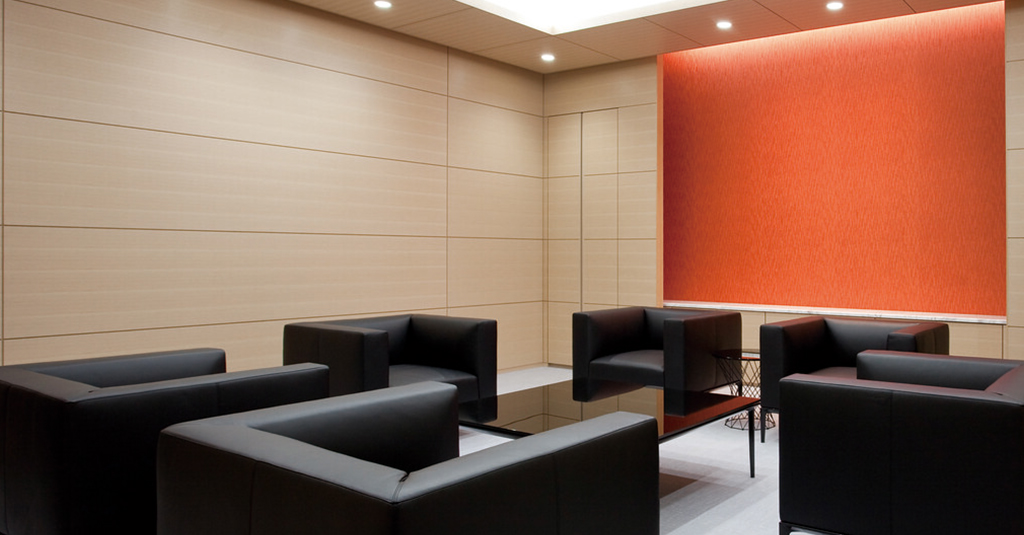
Wood is a naturally sustainable resource. When managed appropriately and manufactured safely, wood contributes significantly less waste and pollution than metal, plastic, and many other materials. By choosing wood, you can take a step toward reducing your carbon footprint, addressing climate change, and protecting the planet. However, the type of wood you choose matters. Wood veneers are more sustainable and environmentally friendly than solid wood.
Sustainability matters now more than ever before, and in business as well as in day-to-day life, we are discovering new ways to preserve essential resources for ourselves and future generations. At Jacaranda, our commitment to the environment shines through in every aspect of our veneers, from the minimal waste and responsible forestry practices to the lasting durability of the materials.
Minimal Waste
The patented process we use to create veneer results in minimal waste. Unlike solid wood pieces, veneer uses almost every part of the timber log. Even the sawdust created during the cutting process can be reused!
Our fine wood veneers are crafted from the same wood species used to make solid wood pieces. To make veneer, however, we slice timber logs as thin as a wafer with a thickness of mere millimeters. We use a variety of slicing techniques to reveal breathtaking grain patterns, ranging from cathedral and ring shapes to knots and burls.
We then bond the wood sheet to a stable substrate to create a strong and stable new material. We can stain or dye it to your desired shade and finish it with a urethane gloss for shine and durability. The finished veneer product can then be installed on walls, ceilings, or other surfaces.
Responsible Forestry
Trees are among our most important resources, and by choosing and using trees carefully, we can ensure future generations have a plentiful supply for many years to come. We have an interdependent relationship with trees, inhaling oxygen and exhaling carbon dioxide while the trees absorb carbon dioxide and release oxygen. At Jacaranda, we are committed to supporting responsible forestry efforts.
As certified members of the Forest Stewardship Council, we ensure that the wood we use is always sourced from plantations and forests that are managed according to strict environmentally friendly criteria. When we harvest an aged tree from an old-growth forest, we select trees carefully to ensure that the health of the forest can only be improved by that tree’s removal. In plantations, we replace harvested trees with fast-growing new trees. We use a variety of techniques that allow us to reduce our use of and dependence on certain rare and exotic species. For example, recon veneers are made using common or plentiful species but are carefully designed to closely resemble the rarer and more expensive woods. This type of veneer gives you greater access to the prized woods you desire at a more affordable price point and with less strain on the environment.
Durability
Solid wood can last many years when properly maintained, but temperature swings, changes in humidity, and other factors can take a heavy toll on solid wood. This can lead to undesired changes and even damage, such as swelling, shrinking, warping, and cracking. Over time, solid wood pieces can weaken and become structurally unsound. Wood veneer is different.
Because the incredibly thin wood layer is bonded to a secure substrate, it remains strong and stable even in the face of sudden and extreme temperature or humidity changes. At Jacaranda, our durable wood veneers are so flexible that they can be bonded to 90-degree corners, wrapped around columns, and secured to virtually any surface without the risk of warping or cracking. Your wood will remain strong and stable year after year without needing replacement or repair.
Contact Jacaranda today to learn more about the sustainability of wood veneer or to schedule a consultation with a member of our design team.


